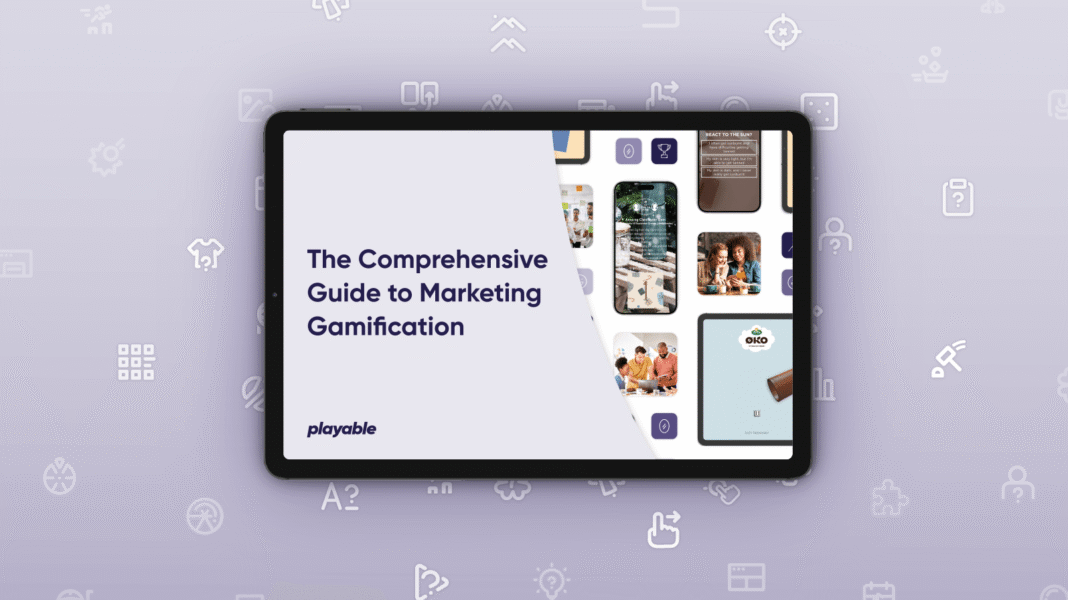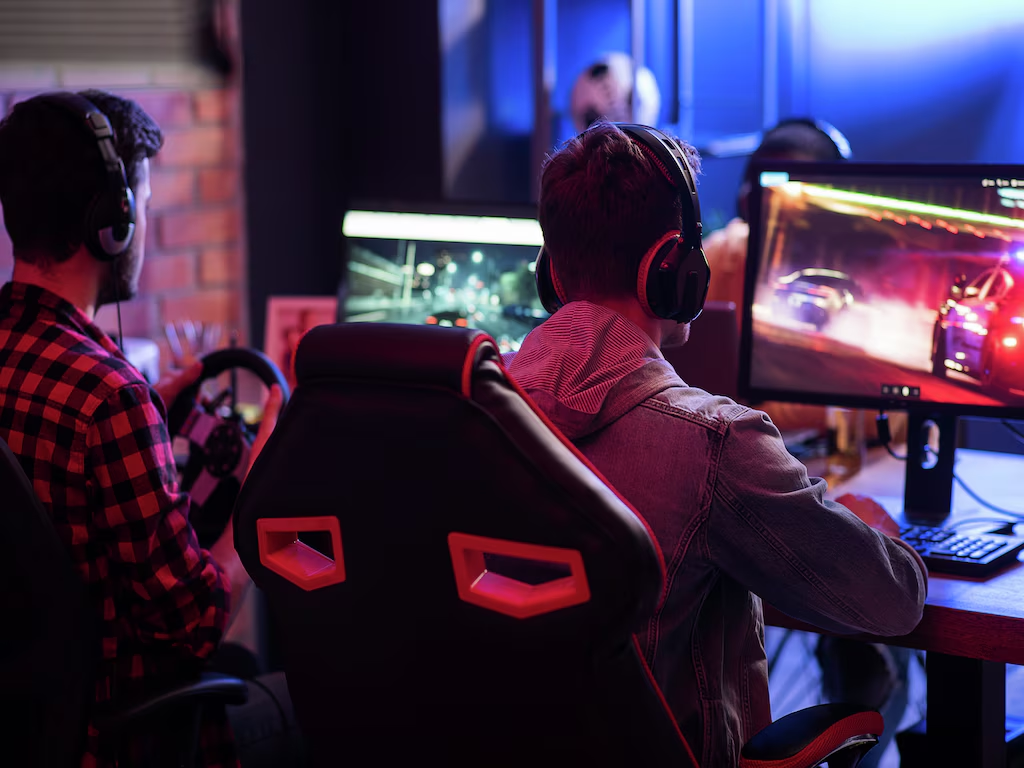You’ve probably experienced it yourself. That app you can’t stop checking. The loyalty program that actually makes you excited about earning points. The training course you finished in one sitting instead of abandoning halfway through. That’s the power of well-designed gamification working behind the scenes.
The magic happens when customers stop viewing your business interactions as chores and start seeing them as opportunities to achieve something meaningful. Think of it as applying the psychology of games to real-world situations without turning everything into Pac-Man. Here are fifteen techniques, often powered by a flexible gamification platform, that consistently transform boring customer touch points into engaging experiences people actually want to participate in.
1. How Do You Set Effective Gamification Goals?
The biggest gamification mistake is making things “fun” without connecting them to real value. Your customers must understand exactly what they’re working toward and why it benefits them. Instead of vague goals like “complete your profile,” try “unlock personalized recommendations by adding three preferences.” When people see direct connections between their effort and meaningful outcomes, engagement soars.
2. How Should You Launch a Gamified System?
Rolling out gamification quietly is like throwing a party and forgetting to send invitations. You should create buzz before you launch by teasing the benefits, sharing early previews, and building anticipation so people are excited to participate from day one. The initial momentum matters enormously, as first impressions determine whether people give your gamified experience a real chance or dismiss it as just another gimmick.
3. How Can You Design for Long-Term Engagement?
The best gamification programs are designed for sustained participation, not quick wins that create clear winners and losers early on. Instead, you should focus on personal improvement and consistency over time. Think about fitness apps that celebrate daily streaks alongside distance records. Multiple pathways to success keep a wider range of people engaged for longer.
4. How Can Instant Feedback Drive Customer Action?
Immediate feedback transforms simple actions into rewarding achievements. When customers do something valuable, they should see the impact right away through progress bar movement, point accumulation, or simple acknowledgment messages. The key is making feedback feel responsive rather than automated. A specific recognition like, “Your review helped three other customers make a decision,” creates a genuine connection between action and outcome.
5. Why Are Progress Indicators Important for Motivation?
Breaking large objectives into smaller milestones prevents overwhelm and maintains momentum. People need regular success experiences to stay motivated, and visual progress indicators are the best way to provide that instant gratification. Think of the profile completion bar on a professional networking site; it masterfully turns a chore into a satisfying journey. Whether it’s completion percentages or skill trees, showing advancement keeps people moving forward.
6. What Kinds of Rewards Actually Motivate Customers?
The most effective rewards connect to what your specific audience genuinely cares about. While points and badges are easy to implement, true motivation comes from exclusive access, personalized service, social recognition, or practical benefits that make customers’ lives easier. People repeat behaviours that feel rewarding, and what feels rewarding varies dramatically between different groups.
7. How Can You Make Competition Healthy and Inclusive?
Healthy competition energizes participants without creating resentment. This means focusing on team-based challenges where everyone contributes to a shared success, or on individual improvement over absolute performance. Leaderboards work best when they celebrate multiple types of achievement and avoid highlighting poor performers. Weekly challenges give everyone a fresh chance to excel.
8. How Can Collaborative Goals Strengthen Community?
Some of the most engaging experiences combine individual achievement with group success. People often work harder when they feel their efforts contribute to something bigger than personal gain. Team challenges and group goals create natural opportunities for customers to interact with each other, developing stronger connections to your brand and community that often prove more valuable than the game mechanics themselves.
9. How Do You Engage Customers Who Have Little Time?
Micro-engagements respect people’s time while building habits gradually. Rather than demanding hour-long commitments, break valuable interactions into two-to-five-minute experiences that can happen anywhere. This approach works because it reduces the mental barrier to participation. People are more likely to start something that feels manageable, and small, consistent actions produce better long-term results.
10. How Should You Personalize the Experience for Different Users?
One-size-fits-all gamification feels generic and often fails. The most effective programs, often built on a sophisticated gamification platform, adapt to different personality types and goals. Some people thrive on competition, others prefer collaboration, and many just want to track personal progress privately. Offering choices in how to participate makes the experience feel tailored rather than imposed, dramatically increasing engagement.
11. How Can Social Sharing Boost Engagement?
Connecting gamified experiences to social platforms extends engagement beyond your direct touchpoints. When customers can voluntarily share achievements, invite friends, or showcase progress, they become advocates for your program while strengthening their own commitment. The key is making sharing feel natural. People should want to share their accomplishments because they’re genuinely proud, not because the system nags them to do so.
12. What Makes a Digital Badge or Certificate Truly Valuable?
Digital certificates and skill badges are only effective when they represent genuine accomplishments people are proud to showcase. For recognition to be motivational, it must feel substantial—a credible symbol of effort and skill. This is why credentials from respected industry training platforms are so powerful. When an achievement translates to a better resumé or professional profile, people will invest seriously in earning it.
13. How Do You Keep Users from Getting Bored or Frustrated?
Engagement peaks in the sweet spot between boredom and frustration, known as the “flow state.” This means continuously adjusting difficulty levels to match a user’s improving skills while providing enough challenge to feel meaningful. Adaptive systems that respond to individual performance work better than fixed progression paths, preventing people from getting stuck or losing interest.
14. Why Are Surprise and Mystery So Powerful in Gamification?
Predictable rewards lose their motivational power over time. Unexpected bonuses, random challenges, and mystery elements keep people curious about what might happen next. The psychology of intermittent reinforcement explains why this works; occasional surprise rewards for regular activities maintain interest far better than predictable point accumulation.
15. How Do You Know if Your Gamification Strategy Is Working?
The most successful programs evolve because a robust gamification platform provides the real-time usage data and participant feedback needed for analysis. You must track not just engagement metrics but actual business outcomes to understand which elements produce genuine value. Regular surveys and behavioural analysis will reveal what’s working and what needs adjustment.
Making It Work for Your Business
Effective gamification feels invisible to participants. They’re not thinking about points and levels but about achieving goals that matter to them. The game elements simply make those achievements more satisfying and the journey more engaging.
Start with one or two techniques that align with your specific business objectives and customer preferences. Success comes from understanding what motivates your particular audience and using a capable gamification platform to design experiences that genuinely serve their needs while advancing your business goals.



